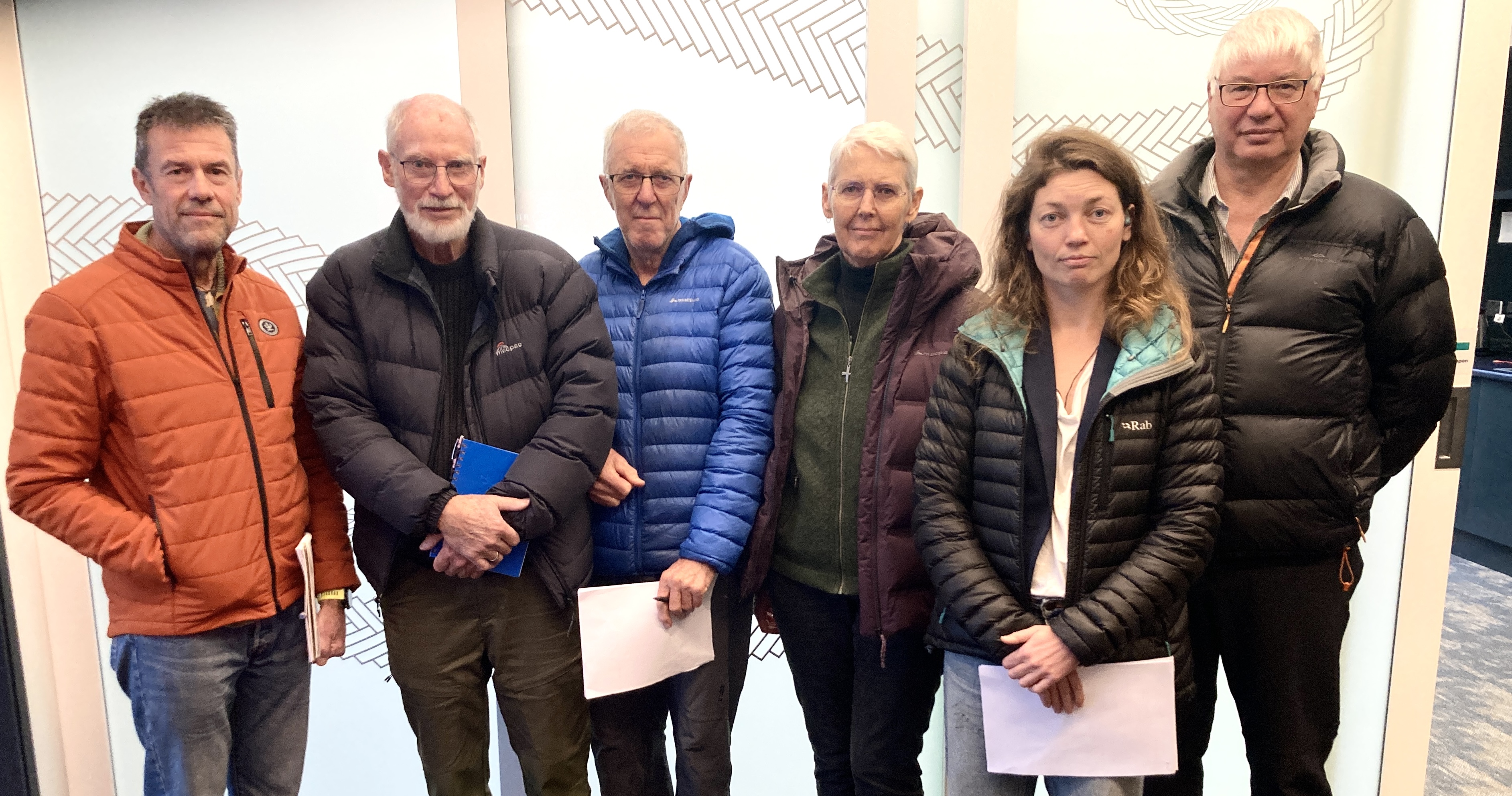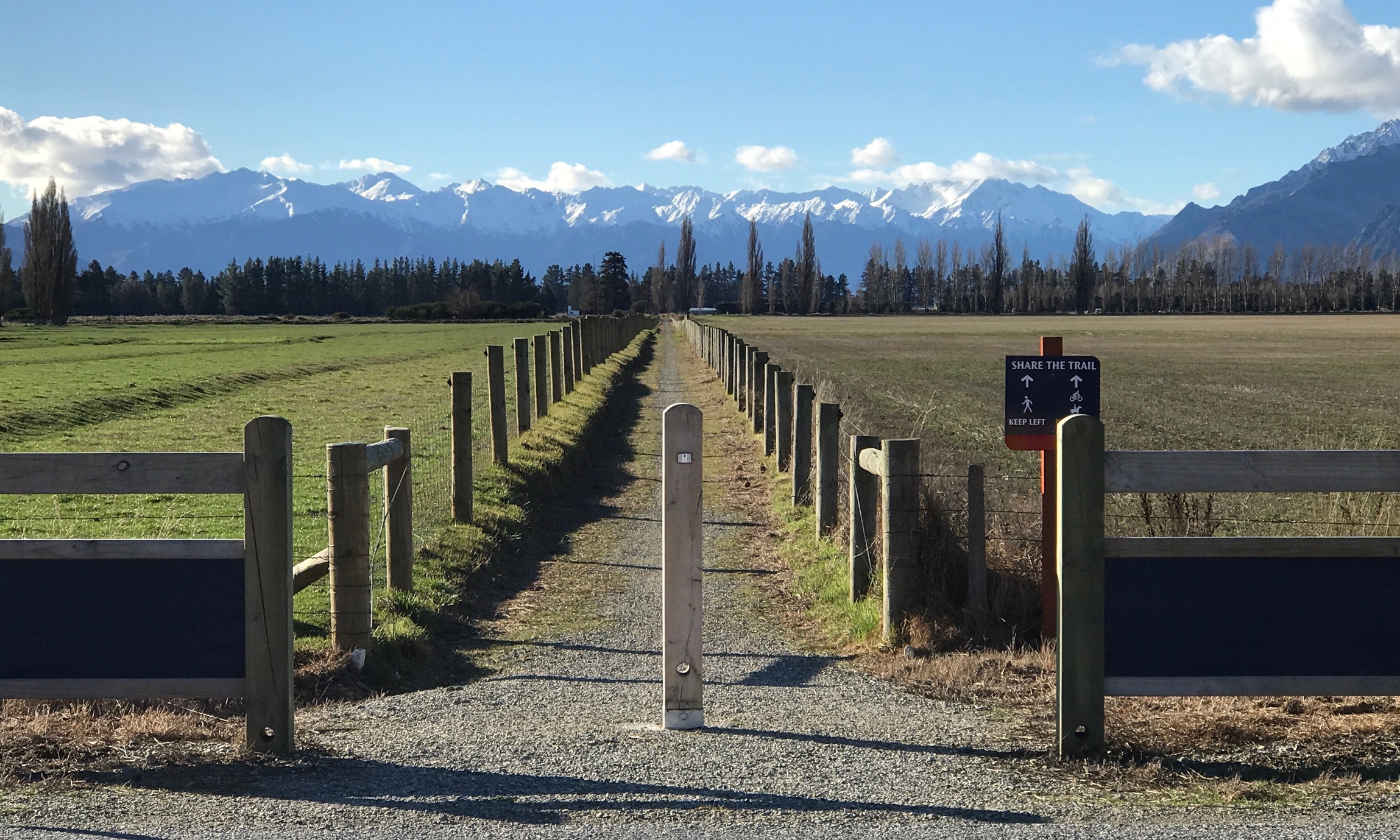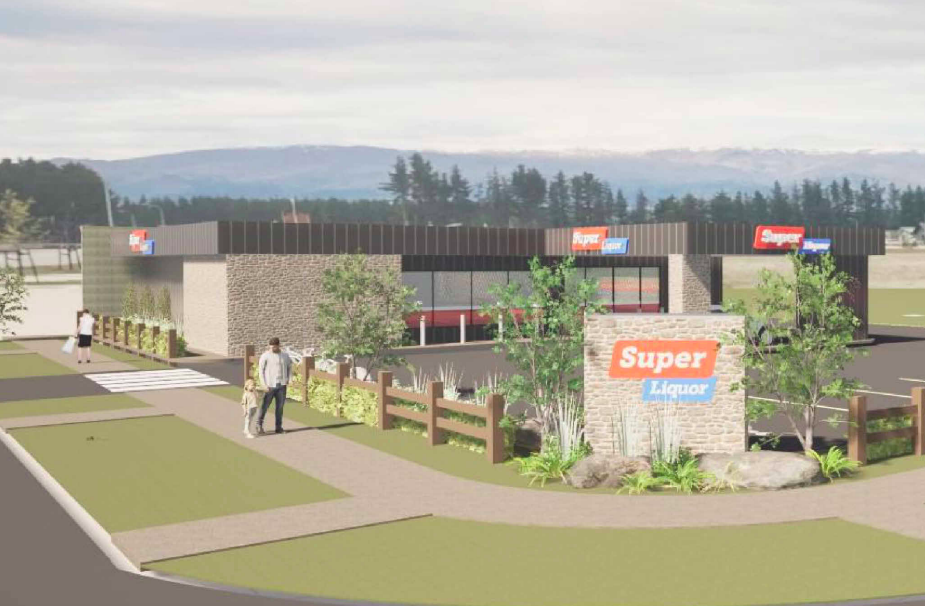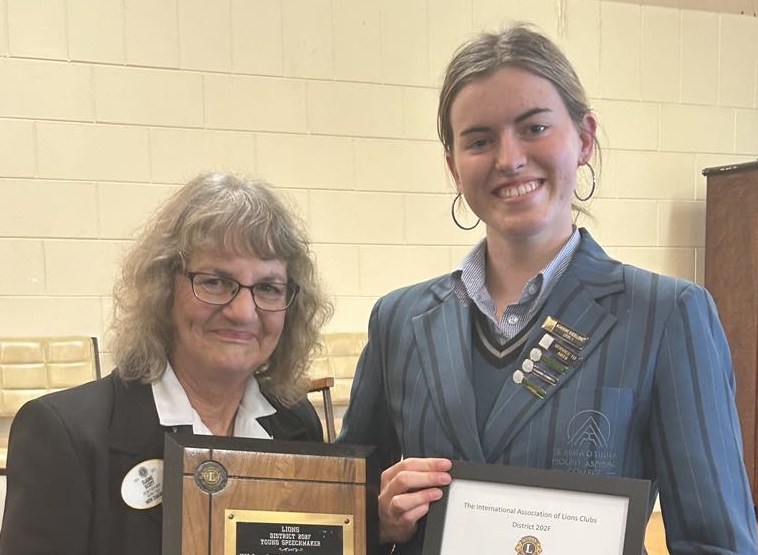Dry bores and dust storms: community groups raise more concerns over lake level proposal
Sue Wards
22 June 2025, 5:06 PM
 Guardians of Lake Hāwea members (from left) Geoff Kernick, Don Robertson, and John Langley, with Meredith Smith (Kane Road Utilities Society), Bill Macdonald (Camphill Estate Utilities Society), and (front) Lake Hāwea resident Rimma Kade.
Guardians of Lake Hāwea members (from left) Geoff Kernick, Don Robertson, and John Langley, with Meredith Smith (Kane Road Utilities Society), Bill Macdonald (Camphill Estate Utilities Society), and (front) Lake Hāwea resident Rimma Kade.Community groups have added their voices to concerns raised by the Guardians of Lake Hāwea about Contact Energy’s plans to apply via the fast-track approvals process to lower the permitted lake level by up to six metres.
A representative of volunteer-run community water schemes in Hāwea Flat told the Wānaka Upper Clutha Community Board on Thursday (June 19) that the proposal could result in the area’s water supply drying up.
Hāwea Flat resident Meredith Smith was representing the Kane Road Utilities Society, one of a number of small community volunteer-run bore water schemes that supply drinking water to approximately 600 residents in the area.
“These bores all take their water from the Hāwea Flat aquifer which is fed by Lake Hāwea,” she said.
Contact Energy, which operates the Lake Hāwea hydro dam, currently holds resource consent to manage the lake level between a low of 338 metres above sea level (masl) and a high of 346 masl, with a contingency of another two metres lower if Transpower considers there is a major threat to security of electricity supply (described as contingent storage).
Contact Energy has proposed reducing the normal range to as low as 336 masl and the contingency storage to 330 masl.
A 2023 report from Otago Regional Council on Hāwea Basin Groundwater identified a risk that if the lake level falls below 337 masl it would affect the flow of groundwater from the lake into the Hāwea Flat aquifer, resulting in dry bores in Hāwea Flat, Meredith said.

Hāwea Flat’s water supply comes from bores which draw from the Hāwea Basin Aquifer.
She requested the board ask Queenstown Lakes District Council (QLDC) to “actively oppose” the Contact Energy proposal, saying that while QLDC staff have said Hāwea Flat’s private water supplies are not within the council’s jurisdiction, the Local Government Act requires councils to consider risks to the community’s access to drinking water.
“They must provide opportunities for any person to alert them at any time to concerns about a community’s access to drinking water – that’s why I’m here,” she said.
Meanwhile, Guardians of Lake Hāwea chair Geoff Kernick (who also attended the meeting with fellow guardians Don Robertson and John Langley) told the Wānaka App the issue was “moving fast”.
The group has written an open letter to Contact Energy chief executive Mike Fuge, saying it is “totally opposed” to any changes to the resource consent relating to operating levels and contingency storage for Lake Hāwea.
The letter also raises concern about the impact of lowering the lake level on the Hāwea Basin Aquifer, saying ORC data indicates that “lowering the limits of the lake level will put at risk the Lake Hāwea and Hāwea Flat urban water supply as well as irrigation and stock water across large agriculture areas”.
Geoff told the Wānaka App that Contact was calling its fast track referral application a Security of Supply [SOS] application, “inferring that by accessing more water from Lake Hāwea they can address New Zealand’s SOS problems when they occur”.
“Our research shows that the SOS can be managed through a raft of other means and that the costs borne by the environment and the Hāwea community far outweigh the benefits,” he said.
The group’s letter to Contact lists “irrefutable” adverse effects of degradation of outstanding natural landscape, dust storms which would have significant impact on landowners, and mortality of animal and plant life.
Short term SOS can be managed using conservation plans (if needed) and medium to long term SOS managed by wind, solar and grid scale batteries, the letter said.
The Guardians said they also believe any potential threat to supply in the next few years can be managed with a conservation campaign, mandatory time of use charging, and demand supply provisions.
“We urge Contact Energy to be a good neighbour and abandon this proposal,” the group said.
Read more: Concern about ‘dramatic’ proposal to lower Lake Hāwea level
PHOTOS: Wānaka App







